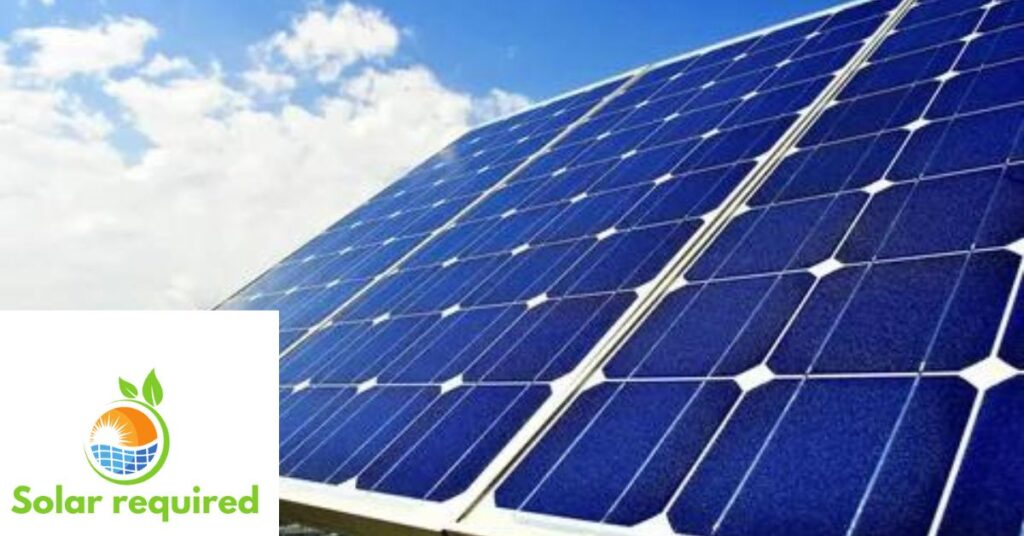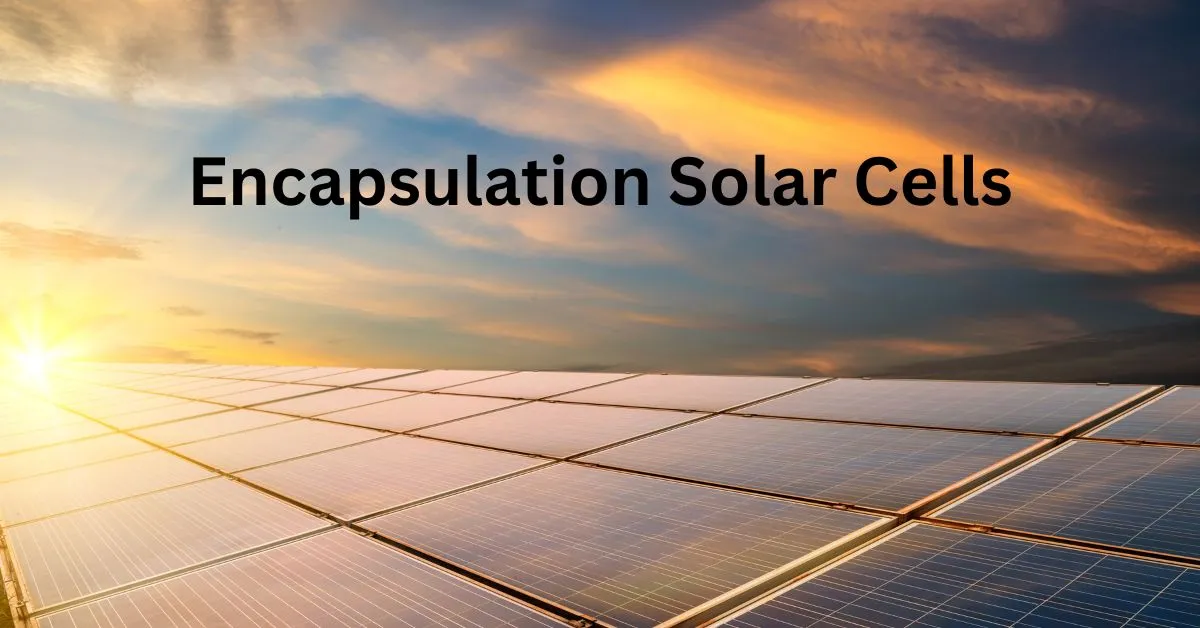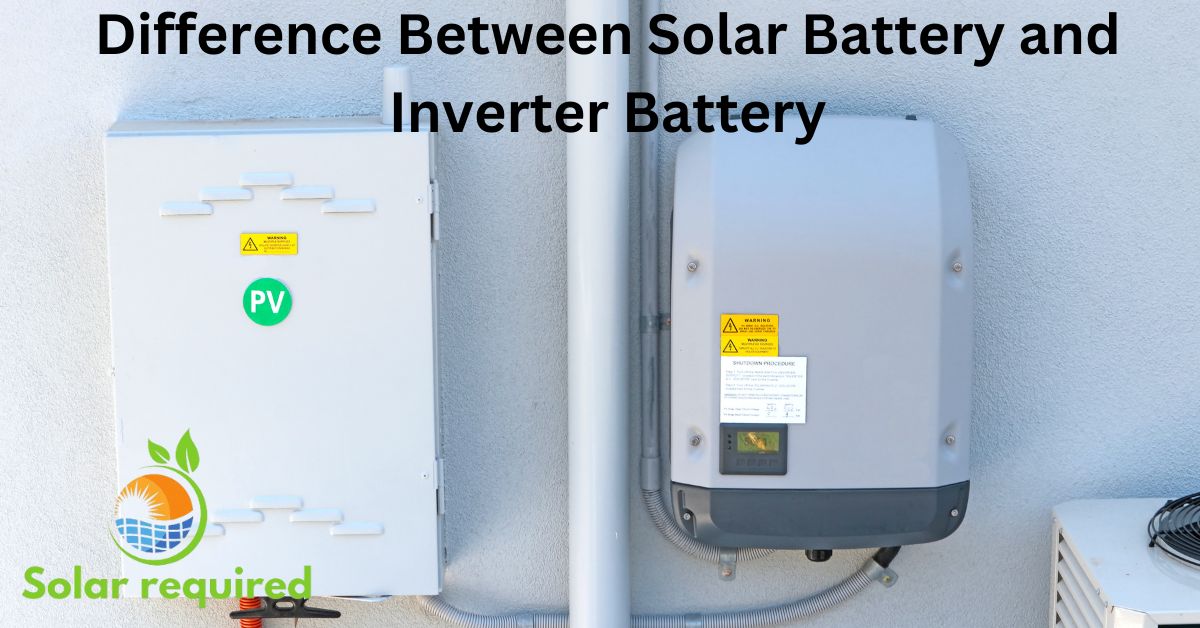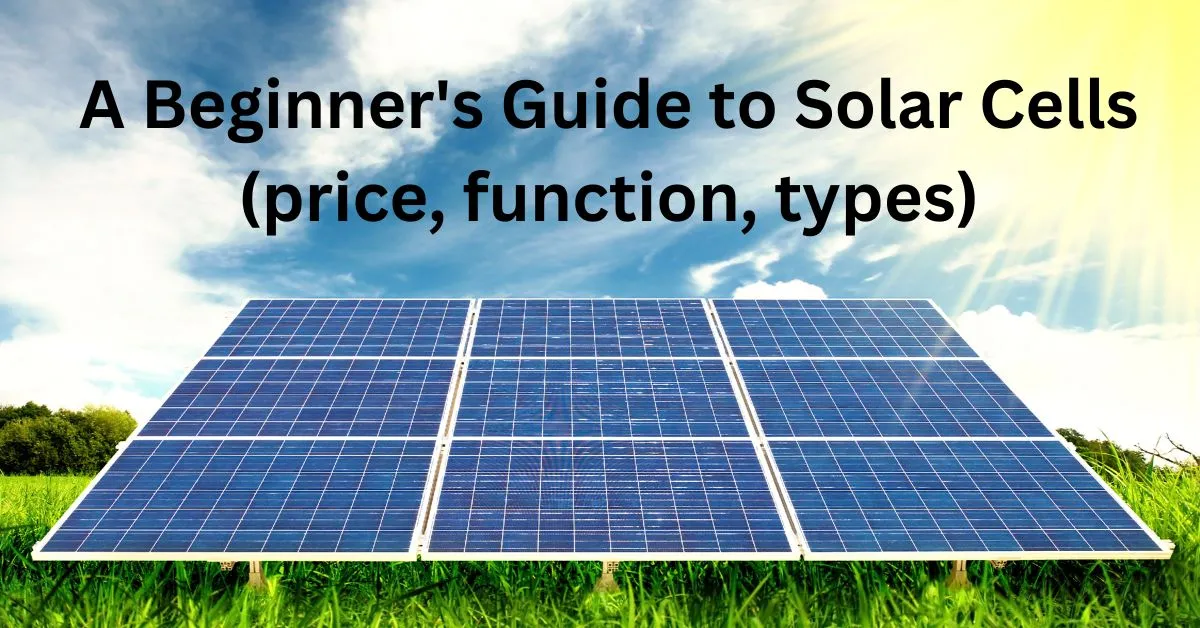What is Encapsulation Solar Cells
The technique protects solar cells. It improves their performance and endurance—Encapsulate solar cells. Solar cells are semiconductors that use light from the sun to produce energy. These cells are vulnerable to changes in temperature, humidity, and UV rays. Encapsulation acts as a barrier. It keeps solar cells safe from harm and stops deterioration. There are several ways to do encapsulation.
These include lamination edge sealing and potting, which entails using encapsulating materials. These materials offer support, insulation, and defense from outside influences. Many applications can use solar cells for an extended period. This is because the encapsulation process ensures they last and work well.
Understand the Complete Method of Encapsulating Solar Cells
Step-by-step guide
Solar cell encapsulation involves many stages. Each is necessary to ensure the encapsulation is strong and long-lasting. Let us examine each stage in detail:
1. Prepare Your Materials:
This step must gather all the supplies and machinery needed for the solar cells. This also includes adhesives. Additionally, cover sheets in both plastic and glass are included. Additionally, it contains encapsulants such as polyvinyl butyral (PVB) and ethylene-vinyl acetate (EVA). It consists of an encapsulating mechanism as well. This consists of a vacuum bagging system or laminator.
2. Make Everything Neat:
Ensure that every surface is spotless and free of contaminants. Before beginning the encapsulating procedure, do this. Make sure that your solar panel is clean. This entails thoroughly cleaning the surface of the solar cells. It gets rid of all residues and dust. It would help if you were clean to provide strong adherence and prevent layer imperfections.

3. Arrange the Solar Cells:
This step involves arranging the solar cells in the desired configuration. Proper alignment and spacing are important to maximize energy capture and efficiency. The solar cells are arranged in a specific pattern to form a solar panel.
4. Trim and Organize the Plastic Components:
To begin with, cut the encapsulant material such as PVB or EVA to the appropriate size. This material will cover the surface of the solar cells. Afterward, arrange the solar cells and a glass or plastic cover sheet around the encapsulant. The encapsulant is crucial. It protects solar cells from outside factors. It acts as a defense barrier ensuring that the cells remain safe and undamaged.
5. Tie Everything Together:
After applying the encapsulant apply pressure to ensure the layers adhere. Using pressure can eliminate air bubbles. It could have evolved in the course of things. You can use vacuum bagging equipment or a laminator for this. The encapsulation needs to stick well. This will protect the solar cells.
6. Heat and Squeeze:
After squeezing the layers together apply heat and pressure. This activates the encapsulant and promotes bonding between the layers. We use specialized equipment. It applies pressure and heat throughout the encased system. The encapsulant softens and flows when heated. This creates a strong link between the layers.
7. Give It Time to Cool:
Heat, squeeze, and let the enclosed assembly cool to room temperature. The substance hardens as it cools, stabilizing the structure and ensuring the layers stay connected.
8. Check Your Work:
After cooling inspectors examine the encapsulated solar cells for any defects or imperfections, common issues to look out for include air bubbles. Also, look for incomplete encapsulation or delamination (separation of layers). You should fix any defects found during this inspection. This is to ensure the quality of the encapsulated solar cells.
9. Test It Out:
We test the solar cells inside. This is to make sure they meet industry requirements and standards. They undergo many tests. The tests aim to check durability. They also check resistance to things like moisture temperature changes and UV radiation. They may include visual checks electrical tests and environmental tests.
10. Conclude:
As soon as the solar cells pass quality assurance and testing, they prepare for packing. When packaging cells it protects them during delivery and installation. This ensures they arrive at their destination.
11. Establish It:
Finally, we place the encapsulated solar cells. We do this according to the specific requirements of the application. You must put the solar panels in the right spot to make lots of energy. Please make sure you also aim and wire them correctly.
Importance of Encapsulation in Solar Cell
Encapsulation plays a critical role in the field of solar cell technology. Here are some key reasons why encapsulation is essential:
1. Safety:
Solar cells face extreme weather. This includes UV rays temperature swings and wetness. Encapsulation protects cells from these substances. It stops corrosion, delamination,n and other types of damage. This safeguard ensures that solar cells are durable and dependable. It lets them work well for long periods.
2. Increased Effectiveness:
Encapsulation materials reduce light reflection and increase light absorption, making solar cells more efficient. Encapsulation raises the efficiency of solar cells by blocking the loss of incoming light, increasing the power produced. This is key for big solar projects. Even a tiny gain in efficiency can boost total energy a lot.
3. Stickiness:
Vibrations and collisions are common sources of mechanical stress for solar cells. Encapsulation offers mechanical support and reinforcement. It lowers the chance of cell injury or fracture. Also, these materials can increase the longevity of solar cells. They protect against humidity temperature changes and chemicals.
4. Durability:
Solar cells are designed to last for several decades. Encapsulation plays a crucial role in this longevity by maintaining their integrity and efficiency over time. By protecting solar cells, encapsulation extends their lifespan and enhances their return on investment. It achieves this by shielding them from external factors and minimizing the degradation of cell components.
Different Types of Encapsulation Materials for Solar Cells

Many materials can encapsulate solar cells. Each has unique benefits. Let’s explore some common types:
Ethylene Vinyl Acetate (EVA):
EVA is one of the most used encapsulation materials. It is popular because it is cheap and has great optics. It ensures a strong connection between the solar cell and the encapsulant. It sticks well to glass and back sheet materials. EVA is renowned for its resistance to moisture, UV stability, and processing simplicity. Still, after time it may get discolored and deteriorate.
Polyvinyl Butyral (PVB):
People use PVB as an extra encapsulating material. They use it in thin-film solar cells and BIPV. It has good optical qualities and outstanding adherence to glass. PVB can withstand moisture and UV rays well. So, it’s good for outdoor use. But, compared to EVA it is somewhat more costly. And, you may need to raise manufacturing temperatures.
Silicone:
The materials used for silicone encapsulation are well-known. They are tough and can withstand harsh weather. They have superior heat conductivity, flexibility, and UV stability. When flexibility is needed people use silicone encapsulation. It is also used at high temperatures. However, compared to PVB or EVA silicone is more expensive and harder to make.
Encapsulation Films:
Encapsulation films are thin flexible sheets made of polyester or polyolefin. They can enclose solar cells. These films provide affordable and lightweight encapsulation options, especially for flexible solar panels.
Encapsulation films provide strong protection against UV rays and moisture. In contrast to other encapsulating materials, they could have poorer adhesion qualities.
Advantages and Disadvantages of Encapsulation Solar Cells
Encapsulation solar cells have many pros and cons. You should consider them when using this technology. Let’s explore both sides:
Advantages:
1. Enhanced Durability:
It extends the life of solar cells. It also makes them more dependable by shielding them from outside elements. These include moisture temperature changes and UV rays.
2. Enhanced Productivity:
Encapsulation materials decrease light reflection. They increase light absorption. This can improve solar cell efficiency and boost energy conversion.
3. Mechanical Structural Support:
Encapsulated cells are less likely to suffer damage or break. Encapsulation gives them mechanical support and defense against stress.
4. Durability:
Encapsulation boosts solar cell return on investment by preserving their integrity and performance over time.
Disadvantages:
- The cost of encapsulation supplies and the process may raise the final price. They add to the cost of making and installing solar cells.
- Silicone may be harder to process than other encapsulating materials. It needs specific tools and knowledge.
- Encapsulating materials have limitations. These may include poor adhesion slow disintegration or discoloration.
- Encapsulation increases longevity, but upkeep and inspection might still be needed. These are required in order to ensure peak performance and find any problems.
Case Studies of Successful Encapsulation Solar Cell Projects
Several solar cell projects have succeeded. They show the benefits and uses of encapsulation technology. Let’s explore a few case studies:
1. Solar Farm in California:
A large-scale solar farm in California used encapsulation technology. They used EVA as the encapsulation material. This project showed a big increase in energy output. It also showed improved durability of the solar cells. These changes led to higher overall efficiency.
2. Off-Grid Application in Remote Areas
Researchers used encapsulated solar cells in off-grid applications, in remote areas that faced challenges from maintenance and extreme environmental conditions. The encapsulation materials protect against moisture, UV radiation, and stress, ensuring they operate reliably and for a long time.
The case studies show the importance of encapsulation and its impact on solar cells in many applications and environments.
Encapsulation Perovskite Solar Cells
In photovoltaics, perovskite solar cells are a promising and developing technology. Encapsulation is necessary because perovskite solar cells are sensitive to oxygen and moisture. We encapsulate perovskite solar cells like conventional solar cells. But, we must take extra care to ensure the stability and lifetime of the perovskite material.
Materials such as EVA, PVB, and specific barrier films resist moisture and oxygen. These materials can be utilized to encapsulate perovskite solar cells effectively. The encapsulation materials create a protective barrier around the delicate perovskite layer, preventing any deterioration or reduction in performance over time.
To enhance the effectiveness of encapsulation, researchers also need to incorporate moisture-resistant adhesives and seals specifically designed for this purpose. They will utilize these advanced materials to encapsulate perovskite solar cells and extend their lifespan more effectively.
Encapsulating perovskite solar cells is crucialessential for their commercial viability and widespread adoption. Researchers are focusing on improving encapsulation and working on methods and materials tailored for perovskite technology.
EVA Encapsulation Solar Cells
EVA is one of the most used materials to encapsulate solar cells. EVA encapsulation offers several advantages making it a preferred choice in many applications.
EVA ensures a strong connection and efficient encapsulation. It does this by sticking well to glass and back sheet materials. Its optics maximize the solar cells’ energy conversion. They have high light transmittance. You can count on the cells to last. They are durable because EVA resists moisture, UV light, and thermal stress.
EVA encapsulation is also cheap. This makes it good for small or big solar projects. EVA materials are easy to access. They are also simple to process. These qualities add to their appeal in the solar sector.
EVA encapsulation does have certain drawbacks, though. UV light exposure can discolor or ruin EVA over time, which may affect the efficiency and optical characteristics of encapsulated solar cells. Also, the adhesion of EVA can change based on the maker and processing conditions, which requires careful selection and quality checks.


